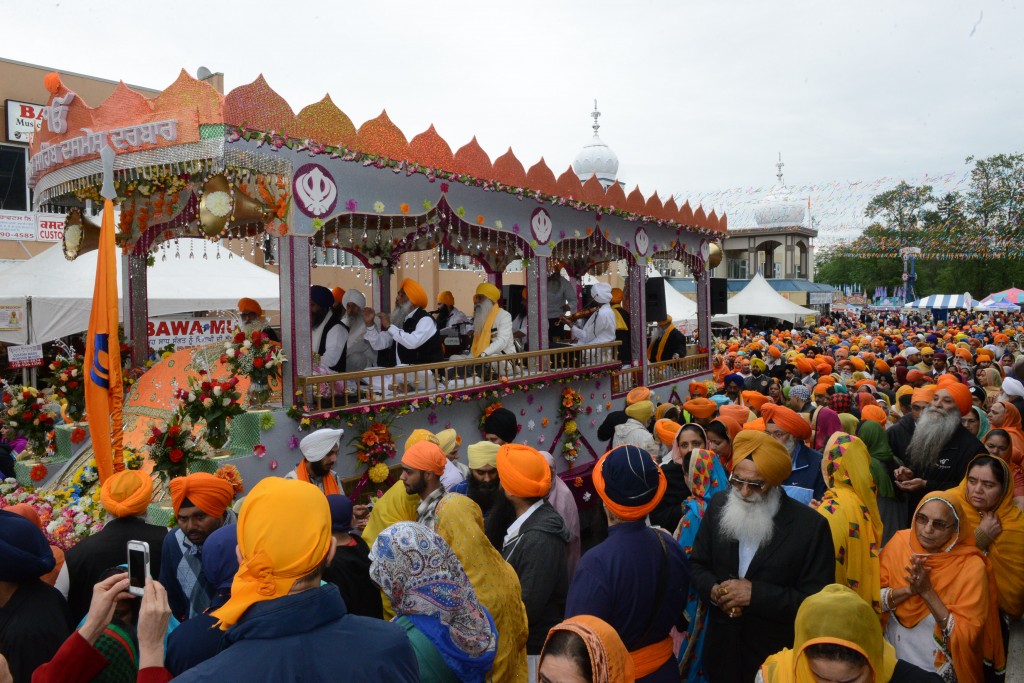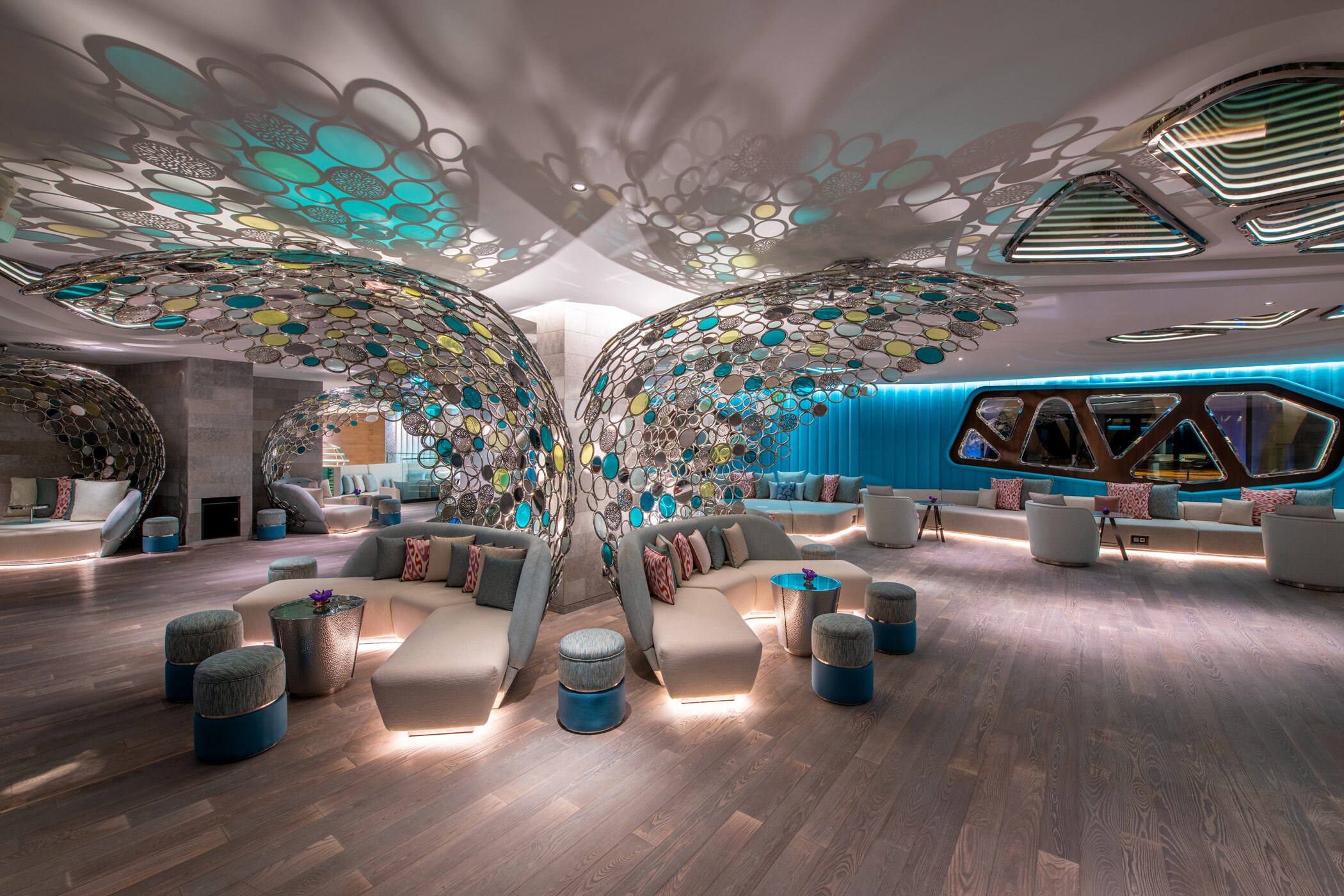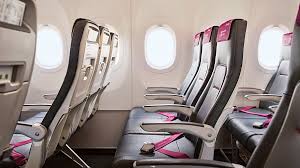DESIBUZZCanada
Events Listings
Dummy Post

International Day Of Yoga To Be Virtually Celebrated Saturday At 4pm

CANCELLED: Coronavirus Fears Kills Surrey’s Vaisakhi Day Parade

ADVERTISE WITH US: DESIBUZZCanada Is The Most Read South Asian Publication Online

SURREY LIBRARIES: Get Technology Help At Surrey Libraries

WALLY OPPAL: Surrey Police Transition Update On Feb. 26

GONE ARE THE DAYS - Feature Documentary Trailer

Technology Help At Surrey Libraries

Birding Walks

Plea Poetry/short Story : Youth Contest

International Folk Dancing Drop-in Sessions
European Hospitality: A Tale Of Three Cities And British Airways Fared The Worst
- July 31, 2025

By Jugraj Singh
My recent Finnair flight from New Delhi to Los Angeles via Helsinki was disrupted in Helsinki. This resulted in new connecting flights on different European airlines: Helsinki to Stockholm on Scandinavian Airlines and Stockholm to London on British Airways.
This flight disruption was a blessing in disguise as I was able to experience and compare Nordic, Scandinavian and British hospitality.
The airline arranged for a hotel stay and provided three luxury hotels (all four star properties) to decide from. Since all three hotels looked appealing, I asked the associate at the counter which she recommended. She recommended the Clarion Hotel because it was a newer property and was beautifully designed.
The hotel was located across the street from the main entrance of the airport. What I liked most about the hotel was the synthesis of nature and interior design: the main restaurant had trees prominently planted on a sort of raised island with accented lighting, and some seats and dining tables were placed around the islands. An interesting feature in Finland and Sweden is the electric outlets are large and circular, and look like they are made for attaching tubes or garden hose.
I have had the privilege of travelling to many countries from a very young age. I have observed that one can learn a lot about a culture’s hospitality by how they treat their guests and this treatment becomes evident in how they serve food and beverage.

For the travelers from the disrupted flight, a special dinner was served. There were an assortment of breads, many salads and also vegan salad options, and for the main course the crowd favorite lasagna was served (there were meat-containing and vegetarian lasagna options). There is an expression, “to save the best for last” and this was certainly followed with dessert being strawberry cheesecake! Breakfast was even more elaborate: there were fresh fruits, vegetables, cheese, cold meats, breads, cereals, oatmeal, a chef station for eggs and different fish prepared with traditional Finnish cooking techniques. Coffee and tea were served from automatic machines and milk and juices were served from a machine with a led touch screen which was quite fun to try.
The flight from Helsinki to Stockholm was in the morning and it was the first time that I travelled by Scandinavian Airlines. Although the flight was under one hour, the hospitality was pleasantly surprising. An entire breakfast was served along with a beverage (from a variety to select from) and a pastry! The breakfast consisted of fresh vegetables and cold cut meats, yogurt and granola, and mixed fruit juice of apple, rhubarb and spirulina.
The worst hospitality experience was British Airways, leave it to the British to put the “ho” and “spit” in hospitality. The flight time from Stockholm to London was about three hours. During the flight, only one bottle of water and a packet of roasted corn nuts were provided, all other beverages and snacks were chargeable. It was both ironic and hypocritical that during the landing, the crew asked for donations for a charity and handed out envelopes which featured a South Asian girl seated outside her house in a picturesque slum. British Airways should also collect donations to provide passengers with better complimentary snacks and beverages; the donation fund could be called “British Airways is too cheap for hospitality.”
Hospitality and a culture’s priorities can also be compared by airport design and features. The Helsinki and Stockholm airports were thoughtfully designed with passenger comfort and efficient organization in mind. Both airports had ample phone and laptop charging stations which were well maintained. Reindeer pelts and reindeer jerky were common at both airports.

The Helsinki airport has a large open room which provides a unique audio-visual sensory experience. There are large screens near the ceiling which are arranged in a circle and they all show forest scenes such as trees and meadows. Together with nature sounds, watching the scenes becomes an immersive experience and it actually feels like one is hiking in the Finnish wilderness. Some of the benches are dark green and are designed to look like hills or mountains. There is an interesting toy shop which looks like an enchanted village and features Moomin. Moomin is a beloved national children’s literature icon (similar to Sesame Street characters) and is a family of trolls which look somewhat like a hippopotamus or cow.
The Stockholm airport has a long hallway in Terminal 2 which has vertical rainforest panels on the walls that contain different ferns and plants. The panels are very beautiful to walk by. It would be interesting to measure the air quality index near the panels. In addition to comfortable seats, workstations are provided. The use of the neon green color throughout the airport was unique. There is a photo gallery of the world famous band ABBA which contains photographs of their last world tour which ended in 1980 in Japan.
Over the past forty years, I have travelled to many airports in many countries. From my experience, the London Heathrow airport is the worst designed and worst maintained airport that I have ever visited. From uncomfortable seating to poorly maintained phone charging stations, the airport seems to be designed not so much for human passengers but for cattle to be moved through. There are giant purple mobile phone charging kiosks in the B Gates of terminal 5. I checked every kiosk and each was broken. It is almost statistically impossible for all kiosks to be broken at the same time, this can only be explained by intention: the airport authorities are aware of broken kiosks and have decided to ignore them. I asked an airline employee about this and he told me that these kiosks had been in disrepair for months and that the only places they could charge their phones were in the cafes.

I am reminded of an episode of Alternatino with Arturo Castro, “The Man Behind the World’s Ugliest Buildings” in which Castro plays the role of Gerhardt Fjuck, the fictional genius architect behind the ugliest and most poorly designed public buildings in America: New York’s Port Authority, Penn Station, LaGuardia Airport, Boston City Hall, North Dakota State Building, and “every AT&T building with no windows from Midtown to the Midwest.”
The only redeeming quality of Heathrow airport is the diversity and multiculturalism amongst the airport employees. There were nearly as many African and Asian (particularly South Asian) employees as there were Anglo Saxon employees. This diversity was oddly comforting and it made the airport feel like a third world country, but not just any third world country, but one of those third world s—thole countries that once you visit it, you start to feel better about yourself.
Gerhardt Fjuck is symbolic of the architects and interior designers of Heathrow airport. I conclude with Mr. Fjuck’s words about his architectural design philosophy: “When you enter a Gerhardt environment, I want you to feel something: perfection. I want you to feel challenged. Interrogated. Tired. I want you to feel like I hate you personally. Because I do. I want you to feel too close to the man beside you. I want you to feel too far from the restroom. I want you to buy a veg sandwich and balance the cellophane on your knees, struggling to have a meal without a table or surface. I want you to feel motherless and sad. ‘A Gerhardt building will make you feel like shit, and you won’t even know why.’ I’ve always been fascinated by the question, what if you could piss where you like? And experience the piss of others? Piss on the carpet, piss on the stairs. To take it out and just piss. This fundamental question challenges our idea of what a building can be.”
Jugraj Singh M.D., M.H.A. is a US-based writer.
















